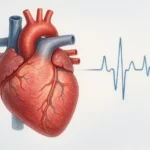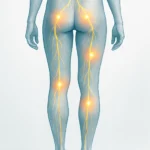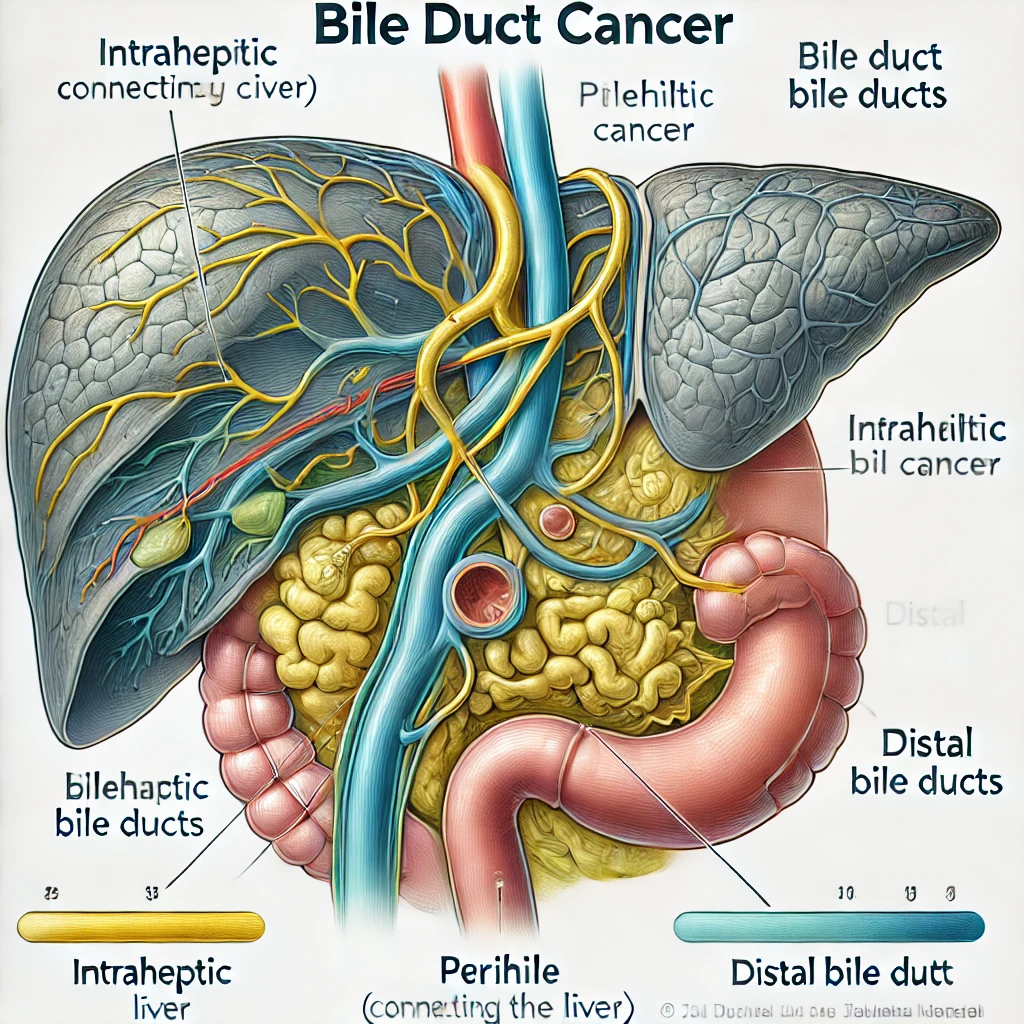
Will a CT Scan Show Colon Cancer?
Will a CT Scan Show Colon Cancer? A Full Diagnostic Overview
- The Role of Imaging in Detecting Colon Cancer
- What a CT Scan Can and Cannot Show in Colon Cancer Cases
- How CT Scans Are Used in Colon Cancer Diagnosis and Staging
- CT Colonography vs. Traditional CT Scan: What’s the Difference?
- How Accurate Are CT Scans in Detecting Colon Cancer?
- Can CT Scans Miss Colon Tumors?
- Why CT Scans Are Often Combined with Colonoscopy
- When CT Is Ordered for Women with Colon Cancer Symptoms
- How CT Scans Are Used to Monitor Colon Cancer Treatment
- CT Scans in Detecting Recurrence of Colon Cancer
- Risks and Limitations of CT Scanning for Colon Cancer
- Comparing CT and PET Scans for Colon Cancer Evaluation
- Preparing for a CT Scan: What Patients Should Know
- What to Expect During the CT Scan Procedure
- How CT Scan Results Are Interpreted
- Should You Ask for a CT Scan if You Have Colon Cancer Symptoms?
- FAQ – 15 Common Questions About CT Scans and Colon Cancer
The Role of Imaging in Detecting Colon Cancer
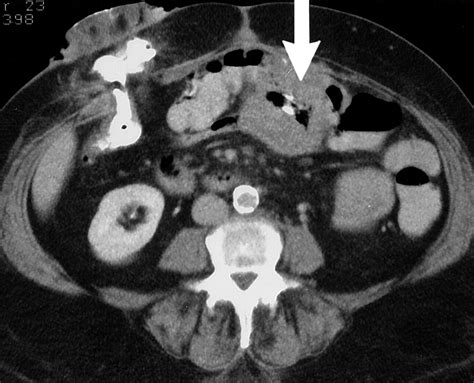
Colon cancer is one of the most common cancers worldwide, but early detection significantly improves outcomes. Imaging plays a crucial role in both initial diagnosis and staging. One of the most commonly used imaging tools is the Computed Tomography (CT) scan.
A CT scan uses X-rays to create detailed cross-sectional images of the abdomen and pelvis, allowing physicians to see abnormal masses, thickened colon walls, enlarged lymph nodes, and potential spread to other organs. However, while CT scans provide valuable information, they are not typically the first-line screening method for colon cancer. Instead, they are used in conjunction with colonoscopy or after symptoms suggest more advanced disease.
Understanding when and how CT scans detect colon cancer helps patients make informed decisions during evaluation and treatment.
What a CT Scan Can and Cannot Show in Colon Cancer Cases
A CT scan can be highly effective at showing signs that may suggest colon cancer, but it has specific limitations. It cannot detect small polyps or early mucosal changes as well as a colonoscopy can. However, it excels in evaluating tumor size, location, and spread.
| Finding on CT Scan | Interpretation in Colon Cancer Context |
| Focal thickening of bowel wall | May indicate a tumor or inflammatory mass |
| “Apple core” lesion | Classic CT sign of a circumferential colon tumor |
| Enlarged mesenteric or retroperitoneal nodes | Suggests lymph node involvement |
| Liver lesions or nodules | Possible metastasis, common in advanced colon cancer |
| Pericolonic fat stranding | Indicates local inflammation or tumor invasion |
For patients with unexplained symptoms or abnormal lab results, a CT scan offers a non-invasive way to look for gross abnormalities or metastases. For more functional imaging, a PET Scan .
How CT Scans Are Used in Colon Cancer Diagnosis and Staging
In clinical practice, CT is rarely used to screen asymptomatic patients for colon cancer. Its main role lies in evaluating symptoms, staging confirmed cancer, and checking for recurrence. When colon cancer is suspected or diagnosed, CT scans help define how far the disease has spread.
Infographic: CT Scan Role by Diagnostic Stage
- Before Diagnosis: Detects bowel obstruction or large tumor masses
- At Diagnosis: Evaluates depth of tumor and lymph node involvement
- Post Diagnosis: Determines metastasis to liver, lungs, or peritoneum
- During Follow-Up: Monitors treatment response and recurrence
This imaging tool is particularly useful for surgical planning and for assessing resectability when advanced cancer is present. It complements colonoscopy, which directly visualizes and biopsies the colon lining.
CT Colonography vs. Traditional CT Scan: What’s the Difference?
There are two types of CT scans related to colon evaluation: the standard abdominal/pelvic CT scan and CT colonography (also called virtual colonoscopy). These serve different purposes and offer different types of information.
| Feature | Standard CT Scan | CT Colonography |
| Scope | Views abdomen and pelvis | Focused on colon and rectum |
| Preparation | Minimal (with or without contrast) | Full bowel prep required |
| Invasiveness | Non-invasive, no colon entry | Non-invasive, but air is pumped into colon |
| Polyp Detection | Limited to larger or obstructive lesions | Better at detecting polyps >6mm |
| Use Case | Best for staging and extra-colonic findings | Best for screening when colonoscopy not possible |
CT colonography is FDA-approved for colorectal cancer screening in adults over 50 who cannot undergo traditional colonoscopy. However, it still requires follow-up colonoscopy if abnormalities are found.
How Accurate Are CT Scans in Detecting Colon Cancer?
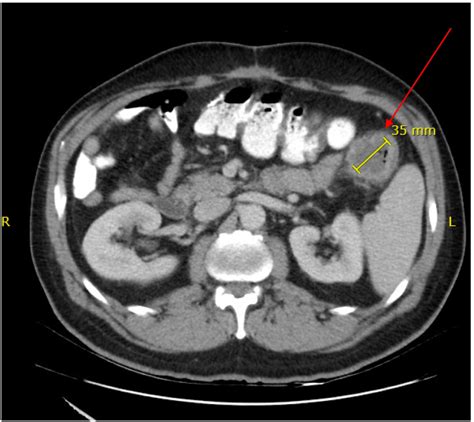
CT scans are considered highly effective for detecting advanced or bulky tumors, but less sensitive for early-stage colon cancer or small polyps. Accuracy also depends on whether contrast is used, the quality of the imaging, and the radiologist’s expertise.
| CT Application | Diagnostic Sensitivity (%) | Clinical Comment |
| Detecting large tumors (>2 cm) | 85–95% | High accuracy with contrast-enhanced scans |
| Identifying lymph node metastasis | 60–80% | Depends on node size and enhancement |
| Finding liver metastasis | 90–95% | Liver is a common spread site, well-visualized on CT |
| Detecting early mucosal lesions | <40% | Often missed unless they cause visible wall changes |
| Staging for surgery | 80–90% | Essential for assessing operability |
CT scans serve as a complementary diagnostic tool, offering anatomical insight that colonoscopy and biopsy alone cannot provide.
Can CT Scans Miss Colon Tumors?
Yes — particularly small tumors or flat polyps, which may not distort the bowel wall enough to be noticed. These lesions are better visualized with colonoscopy, which directly inspects the mucosal surface.
Infographic: Why CT May Miss Colon Cancer
- Tumors <1 cm may not appear on CT
- Flat polyps or early mucosal changes lack bulk
- Inadequate bowel prep can obscure findings
- Non-contrast scans reduce visibility of soft tissues
- Tumors behind stool or fluid can be hidden
For these reasons, CT is often used after suspicious findings are identified by other tests or when colonoscopy is incomplete. It’s also a second step when a patient has vague symptoms such as unexplained anemia, weight loss, or abdominal discomfort — especially in women, where Colon Cancer in Women may present differently.
Why CT Scans Are Often Combined with Colonoscopy
Colonoscopy remains the gold standard for diagnosing colon cancer, but combining it with CT scanning offers a more complete diagnostic picture. While colonoscopy shows surface abnormalities, CT reveals depth, spread, and distant organ involvement.
| Feature | Colonoscopy | CT Scan |
| Mucosal detail | Excellent | Limited |
| Biopsy capability | Yes | No |
| Detecting spread beyond colon wall | Poor | Strong |
| Visualizing liver, lymph nodes, lungs | Not possible | Essential for staging |
| Radiation exposure | None | Low dose, depending on scan protocol |
In many cases, colonoscopy is performed first to confirm the presence of a tumor, then CT is ordered to stage the disease and plan surgery or chemotherapy.
When CT Is Ordered for Women with Colon Cancer Symptoms
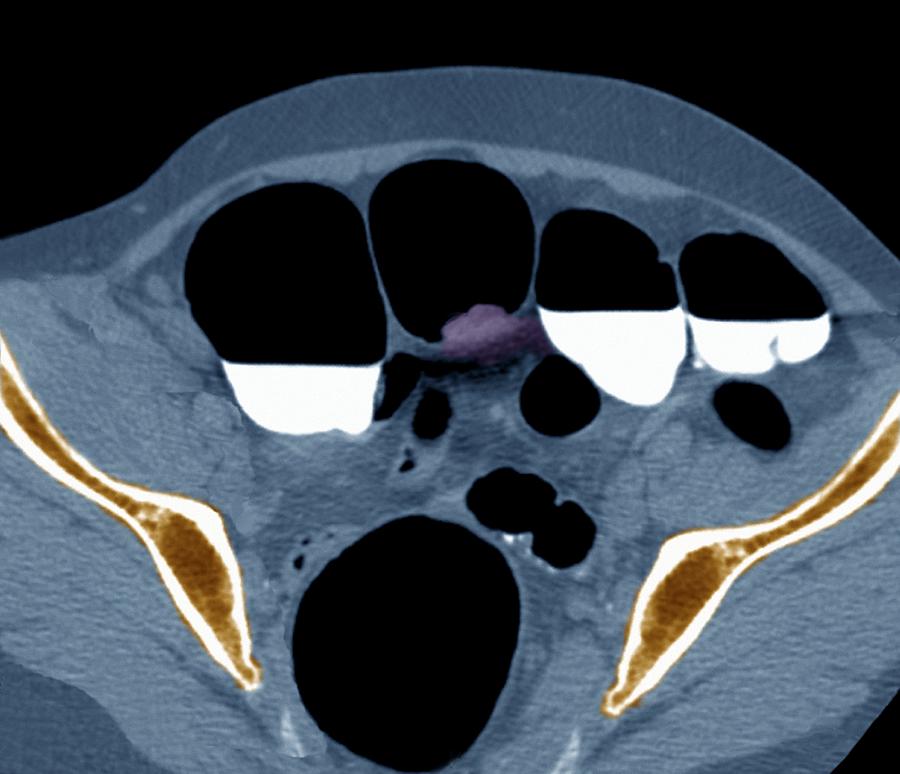
Women may present with symptoms that differ from men, often mimicking gynecological or urological conditions, such as bloating, back pain, or pelvic discomfort. As a result, CT scans are frequently used to rule out or confirm non-gynecological causes.
| Common Symptom in Women | CT Scan Purpose |
| Abdominal bloating | Rules out ovarian mass, looks for colonic dilation or mass |
| Unexplained back or flank pain | Evaluates retroperitoneal lymph nodes, colon wall changes |
| Chronic constipation or diarrhea | Identifies narrowing, strictures, or large tumors in colon |
| Fatigue and anemia | Detects occult bleeding source or advanced malignancy |
In such cases, CT helps distinguish between gastrointestinal, urological, or reproductive causes. If imaging reveals a suspicious lesion in the colon, colonoscopy is then performed to confirm diagnosis and obtain tissue for biopsy. This is particularly important when early signs overlap with those described in the Early Symptoms of Colon Cancer.
How CT Scans Are Used to Monitor Colon Cancer Treatment
Once a patient begins treatment for colon cancer—whether surgery, chemotherapy, or radiation—CT scans become a key tool for tracking the effectiveness of therapy. Imaging helps evaluate whether tumors are shrinking, stable, or progressing.
| Treatment Stage | How CT Assists Clinicians |
| After surgery | Confirms complete tumor resection and absence of complications |
| During chemotherapy | Monitors changes in tumor size and spread |
| After radiation therapy | Assesses inflammation vs. residual tumor tissue |
| Before clinical trial enrollment | Determines eligibility based on measurable disease |
Infographic: Signs of Positive Response on CT
- Tumor mass decreases in size
- Lymph nodes reduce or normalize
- Liver lesions shrink or resolve
- No new lesions appear in lungs or abdomen
These findings are essential for adjusting therapy plans, predicting prognosis, and preparing for possible surgical re-intervention.
CT Scans in Detecting Recurrence of Colon Cancer
Recurrence of colon cancer can happen months or years after initial treatment. CT scans are the first-line imaging used during surveillance to catch signs of recurrence early, even before symptoms appear.
| Recurrence Site | How CT Identifies It |
| At surgical anastomosis | Irregular bowel wall thickening or mass near prior resection |
| Liver metastasis | New low-density nodules or lesions |
| Lung metastasis | Pulmonary nodules, especially in lower lobes |
| Peritoneal carcinomatosis | “Omental caking,” ascites, or scattered nodularity |
| Lymph node relapse | Enlarged retroperitoneal or mesenteric lymph nodes |
Surveillance CT is usually recommended every 6–12 months for several years after curative treatment. Combining imaging with CEA tumor marker levels improves detection sensitivity.
Risks and Limitations of CT Scanning for Colon Cancer
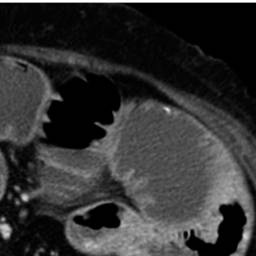
While CT is highly valuable, it has inherent limitations and potential risks, especially if used repeatedly. Understanding these helps patients and providers weigh the benefits versus the drawbacks of serial imaging.
| Risk or Limitation | Explanation |
| Radiation exposure | Accumulates over time, particularly concerning in younger patients |
| Contrast-related allergy | Iodine-based contrast can trigger reactions in sensitive individuals |
| Reduced sensitivity for flat lesions | Flat polyps or early-stage tumors may go undetected |
| False positives or incidental findings | May lead to unnecessary tests or anxiety |
| Cost and access | Not always available in smaller clinics or without insurance |
Alternative methods like MRI or PET scans may be used in select cases. However, CT remains the mainstay for structural visualization, particularly when assessing treatment outcomes or planning surgeries.
Comparing CT and PET Scans for Colon Cancer Evaluation
CT scans offer anatomical detail, while PET scans provide metabolic information by showing how active a tumor is. In advanced or uncertain cases, both are used together to differentiate active cancer from scar tissue or post-surgical changes.
| Feature | CT Scan | PET Scan |
| Type of data | Structural (shape, size) | Functional (metabolic activity) |
| Use of contrast | Iodine-based (for enhancement) | Glucose-based radioactive tracer |
| Best for | Staging, follow-up, surgical planning | Recurrence, unclear lesions, metastasis |
| Radiation exposure | Moderate | Slightly higher than CT |
| Limitations | May miss metabolically inactive tumors | Less effective for small or mucosal lesions |
PET-CT hybrid machines combine both methods, offering the most comprehensive view for treatment planning. For more on this technology, see the dedicated guide on PET Scan Show Colon Cancer.
Preparing for a CT Scan: What Patients Should Know
Preparation for a CT scan depends on the type being performed and whether contrast dye is used. Most colon cancer–related CT scans evaluate the abdomen and pelvis, often with intravenous contrast to improve visualization.
| Preparation Element | What It Involves |
| Fasting | 4–6 hours before the scan (especially with contrast) |
| Hydration | Drinking water helps protect kidneys from contrast effects |
| Medication disclosure | Inform technician about diabetes, metformin, allergies |
| Allergy history | Prior iodine or shellfish allergy may require premedication |
| Clothing | Remove metal, jewelry, and wear loose-fitting garments |
In some cases, oral contrast may be given before the scan to highlight the bowel, and patients should be ready to stay at the imaging center for 1–2 hours total.
What to Expect During the CT Scan Procedure
A CT scan is painless and typically takes 10–20 minutes. The patient lies flat on a motorized table that moves through the scanner, which resembles a large, donut-shaped machine.
Infographic: Step-by-Step CT Scan Experience
- Arrive and change into medical gown if needed
- IV line placed for contrast (if used)
- Lie flat while table moves into scanner
- Technician gives breathing instructions via intercom
- Brief warm sensation if contrast injected
- Remain still; scan completes in minutes
- Images reviewed before patient is released
Technicians do not remain in the room but monitor from behind a glass wall. The machine may make whirring or clicking sounds, but it is open and does not fully enclose the patient, making it well-tolerated by those with claustrophobia.
How CT Scan Results Are Interpreted
After the scan, images are sent to a radiologist, who examines the colon and surrounding organs slice by slice. Findings are described in a report and forwarded to the referring doctor within 24–72 hours.
| Report Component | What It Describes |
| Bowel findings | Masses, wall thickening, obstruction |
| Lymph nodes | Size, shape, and enhancement pattern |
| Liver and lung changes | Metastases or suspicious nodules |
| Additional findings | Incidental cysts, kidney or ovarian masses |
| Radiologist impression | Summary and recommendations for further tests or biopsy |
Patients usually receive results through their doctor, who will explain the findings, discuss next steps, and recommend further testing or treatment if cancer is confirmed.
Should You Ask for a CT Scan if You Have Colon Cancer Symptoms?
If you’re experiencing persistent gastrointestinal symptoms such as abdominal pain, unexplained weight loss, or prolonged changes in bowel habits, asking for a CT scan may be appropriate—especially if you’re over 45 or have risk factors.
| Symptom | Should You Request a CT Scan? | Why It Matters |
| Persistent abdominal pain | Yes | CT may detect obstruction, tumor, or mass |
| Unexplained weight loss | Yes | Helps assess for possible malignancy spread |
| Changes in bowel habits | Possibly (after colonoscopy or if incomplete) | CT visualizes beyond colon lining |
| Visible blood in stool | Colonoscopy preferred first | But CT may follow if bleeding source unclear |
| Family history of colon cancer | CT useful for baseline | Especially when colonoscopy is contraindicated |
While colonoscopy remains the first-line test for visible lesions and biopsy, a CT scan provides valuable additional insight and is commonly used in patients with ambiguous symptoms.
FAQ – 15 Common Questions About CT Scans and Colon Cancer
1. Can a CT scan be used as the only test for colon cancer?
No. A CT scan can identify large tumors or spread, but it cannot replace colonoscopy for detecting small polyps or performing biopsies.
2. How does a CT scan compare to colonoscopy for accuracy?
Colonoscopy is more accurate for early lesions. CT excels at identifying spread and staging once cancer is suspected or diagnosed.
3. Will a CT scan show precancerous polyps?
Only large or obstructive polyps may be visible. Small or flat polyps are often missed, which is why CT is not a standalone screening tool.
4. Is contrast always needed for a colon cancer CT scan?
Contrast enhances image detail and is often required, especially for detecting liver metastasis or lymph node involvement.
5. Can a CT scan detect colon cancer if I have no symptoms?
It might, but routine screening is still best done with colonoscopy or stool-based tests unless symptoms arise.
6. How soon will results be available after a CT scan?
Typically within 24 to 72 hours, depending on the facility and urgency of the case.
7. Are CT scans safe?
Yes, though they involve low radiation exposure. The benefit outweighs the risk in most diagnostic situations.
8. Can a CT scan tell the difference between cancer and inflammation?
It may suggest one or the other, but only a biopsy can confirm cancer versus benign inflammatory conditions.
9. What if the CT scan is clear but symptoms persist?
You may still need a colonoscopy or other imaging, as small lesions can be missed.
10. Can CT detect colon cancer recurrence?
Yes, CT scans are standard in post-treatment surveillance to catch recurrence early.
11. Will insurance cover a CT scan for colon cancer symptoms?
Most plans cover CT scans when ordered for medically necessary diagnostic purposes.
12. Is CT colonography a better alternative than regular CT?
CT colonography is more sensitive for detecting mucosal changes but still requires colon prep and follow-up.
13. What’s the risk of false positives on a CT scan?
Some findings, like enlarged lymph nodes, may look suspicious but turn out benign. Further testing is often needed.
14. Can CT scans help plan surgery?
Absolutely. Surgeons use CT to assess tumor size, lymph node status, and nearby organ involvement.
15. Should I ask for a CT if I have a family history of colon cancer?
A colonoscopy is usually preferred for screening, but CT may help establish a baseline or evaluate unexplained symptoms.

